Tokyo offers some of the most efficient and diverse apartment buildings in the world. Whether you’re moving for work, study, or a long-term stay, choosing the right place can greatly impact your daily life and budget. This guide covers everything you need to know, from apartment types and neighbourhood options to rental costs, salary expectations, and what’s affordable for the average resident in Japan.
Types of Apartment Buildings in Tokyo
Tokyo’s urban landscape is a fascinating mix of tradition and modernity, and nowhere is that more evident than in its wide variety of apartment buildings. Whether you’re a working professional, a student, or a family planning to stay long-term, the city offers housing options to fit nearly every lifestyle and budget. Below are the three primary types of residential buildings that dominate Tokyo’s rental and housing market.
Mansion (マンション)
A “mansion” in Japan doesn’t mean a Western-style estate; instead, it refers to a type of apartment building known for its solid construction and modern conveniences. These buildings are typically made of reinforced concrete or steel-reinforced concrete, providing better insulation, soundproofing, and earthquake resistance than lighter structures.
Mansions often range from five to over a dozen stories high and are equipped with features like secure entry systems, elevators, and communal spaces. Some high-end versions even include on-site staff, concierge services, or package delivery lockers. These buildings are favoured by families, working professionals, and long-term residents looking for reliability and peace of mind. Most Tokyo apartments for sale fall under this category due to their durability and resale value.
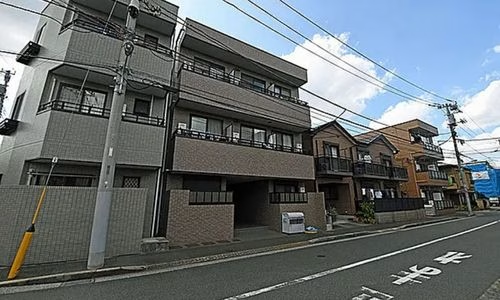
Modern Japanese mansion apartments
Apāto (アパート)
An “apāto” is a more modest type of residential building, typically between two to three stories tall and constructed from lighter materials like wood or thin steel. These buildings are common in the outer wards and suburban areas of Tokyo, where land is more available and construction costs are lower.
Though apāto units are usually smaller and more basic than their mansion counterparts, they appeal to a wide demographic, especially students, singles, and part-time workers, due to their lower rental costs. While they may lack amenities like elevators or advanced security systems, many apāto buildings are situated in quiet residential neighbourhoods, offering a more peaceful living environment and a stronger sense of local community.
For those seeking low-cost housing in Japan, apāto units provide a practical starting point, especially when living alone or on a modest income.
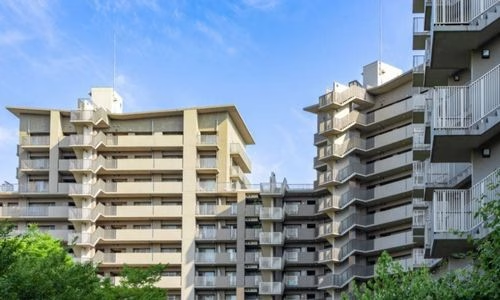
Cozy budget-friendly Tokyo apartment
Tower Mansions
Tower mansions are Tokyo’s answer to luxury urban living. These high-rise residential skyscrapers, often exceeding 20 or even 30 stories, are a symbol of modern affluence and architectural sophistication. Found in upscale districts such as Minato, Shibuya, and Chuo, tower mansions offer residents a lifestyle that blends comfort, status, and convenience.
Apartments in these buildings often feature expansive floor-to-ceiling windows, panoramic city views, and high-end interior finishes. Beyond the individual units, the buildings themselves are outfitted with premium amenities such as fitness centres, rooftop terraces, co-working lounges, concierge desks, and even on-site supermarkets or daycares.
Naturally, both rental and purchase prices in tower mansions sit at the upper end of the market. However, for those who prioritise access to city centre locations, breathtaking views, and a fully serviced living experience, a tower mansion is hard to beat.
Whether you’re seeking luxury, affordability, or a balance of both, apartment buildings in Tokyo offer diverse options that reflect the city’s complex real estate landscape. Choosing the right building type is a crucial step toward creating a comfortable, practical, and enjoyable life in Japan’s vibrant capital.
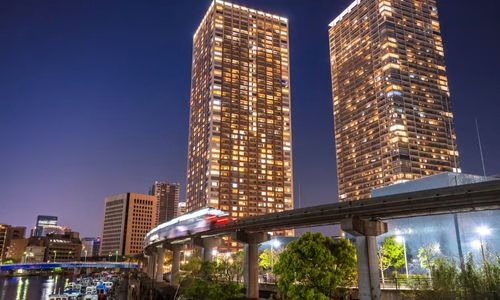
Luxury high-rise living in Tokyo
What to Expect Inside a Tokyo Apartment Building
Apartments in Tokyo may be compact, but they’re designed with impressive attention to detail. Every element serves a purpose, making small spaces feel surprisingly livable.
The kitchen is typically streamlined and functional. Most units include a gas stove, sink, and enough storage for daily cooking. Space is usually allocated for a small fridge and microwave, making it suitable for singles or couples.
Bathrooms are often modular, combining a shower and deep soaking tub in one waterproof unit. In newer buildings, the toilet may be separated, with smart features like heated seats and built-in bidets.
A balcony is a standard feature in most apartments. Though narrow, it’s ideal for drying clothes or growing a few potted plants. Upper levels provide greater privacy and a broader city view.
Storage is cleverly integrated, entryways often include shoe cabinets, and closets are built into the walls. These hidden spaces help maintain a clean, uncluttered living area.
Building amenities usually include elevator access, bike parking, and secure entry systems. Even lower-cost buildings are well-kept and quiet, thanks to solid construction. However, older structures may have weaker insulation, making summers warmer and winters chillier.
Best Areas to Find Apartment Buildings in Tokyo
Each Tokyo neighbourhood has its unique rhythm and character. Where you choose to live often depends on what matters most to you, be it convenience, quiet surroundings, affordability, or access to nightlife and culture.
Minato Ward
If you’re looking for luxury and proximity to embassies, international schools, and upscale dining, Minato is a top choice. Neighbourhoods like Minami Aoyama and Roppongi feature high-rise tower mansions with premium facilities. These apartments are perfect for professionals and expats, though rents here are among the highest in the city.
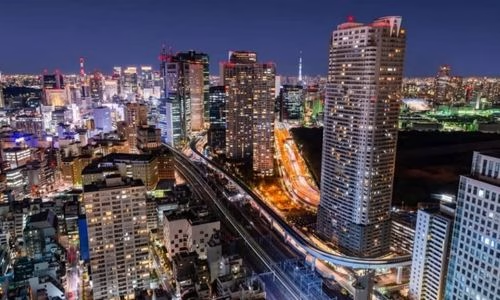
Upscale expat living in Minato
Shibuya and Shinjuku
Vibrant, youthful, and dynamic, these areas are favourites among creatives, students, and working professionals. You’ll find everything from compact studios to stylish 1LDK apartments. Both wards are well-connected by major train lines and brimming with shops, cafes, and entertainment.
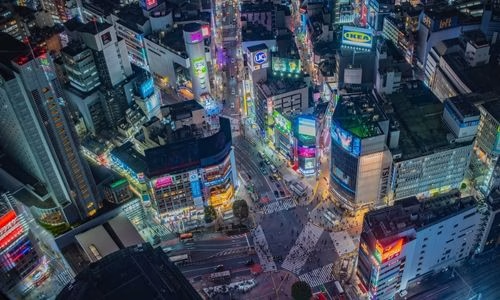
Trendy urban lifestyle for youth
Setagaya and Meguro
For a quieter, family-friendly lifestyle, Setagaya and Meguro offer leafy streets, public parks, and a more relaxed pace of life. Apartments here tend to be larger, and the neighbourhoods feel residential while still providing relatively easy access to central Tokyo.
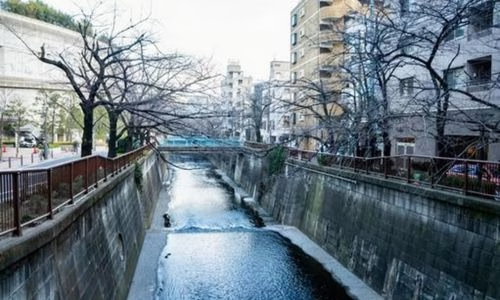
Peaceful suburban living in Setagaya
Toshima, Suginami, and Itabashi
These wards offer great value for money, especially if you’re working with a tighter budget. Older apāto buildings and mid-rise mansions are more affordable here, and the areas are still well-served by public transportation, making it easy to commute to the city centre.
If you’re curious about Japanese cities by population, Tokyo tops the list with over 14 million residents. It’s followed by cities like Yokohama and Osaka, but no other urban area in Japan matches Tokyo’s diversity and scale when it comes to housing options and lifestyle variety.
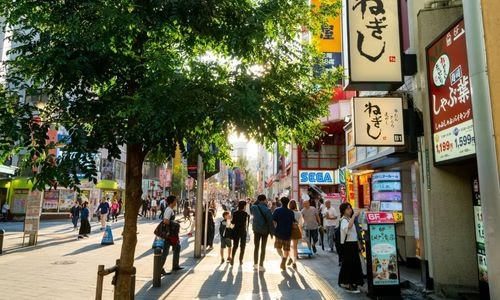
Affordable housing options near Tokyo
Renting vs. Buying in Tokyo Apartment Buildings
Renting in Tokyo
For most foreigners, especially those staying short to mid-term, renting is the most practical and straightforward housing option in Tokyo. The process is generally smooth, provided you’re aware of the typical costs and procedures involved.
Rental Prices
Monthly rent for a 1K (one-room with kitchen) or 1LDK (one-bedroom with living, dining, and kitchen area) usually falls between ¥70,000 and ¥150,000, depending on the neighbourhood, building type, and proximity to train stations. Central wards like Shibuya or Minato tend to be on the higher end, while outer areas offer more budget-friendly options.
Initial Move-in Costs
Unlike in many Western countries, Japan’s rental system involves multiple upfront payments. These may include:
- Shikikin (敷金) – A refundable deposit, usually equivalent to one month’s rent.
- Reikin (礼金) – Often translated as “key money,” this is a non-refundable gift to the landlord, typically one to two months’ rent.
- Agency Fee – Paid to the real estate agent, often equal to one month’s rent.
- Guarantor Fees – If you don’t have a Japanese guarantor, you may need to pay a guarantee company to co-sign your lease. Some agencies that cater to foreigners help avoid this step.
It’s not uncommon for total move-in costs to add up to 4–6 months’ worth of rent, so budgeting ahead is essential.
Buying in Tokyo
Buying an apartment in Tokyo is increasingly popular among long-term expats. A 1LDK in a mansion-style building may cost anywhere from ¥40 million to ¥100 million+, depending on the neighbourhood.
Keep in mind:
- Property ownership in Japan is allowed for foreign individuals.
- It’s easier with permanent residency or a stable income source.
- You’ll pay property tax and building maintenance fees annually.
How Do Salaries in Japan Affect Housing Choices?
Understanding income levels in Japan is key to figuring out what kind of apartment fits your budget. Whether you’re relocating for work or planning a longer stay, being aware of average earnings can help you set realistic expectations.
Japanese Salary Overview (2025)
- The average monthly salary in Japan falls between ¥310,000 and ¥340,000 before taxes.
- On an annual basis, this translates to roughly ¥4.5 million to ¥5 million in gross income.
- Minimum wage varies by region. In Tokyo, it’s around ¥1,113 per hour, which amounts to approximately ¥180,000 per month for full-time work.
- Entry-level salaries for full-time positions typically begin at about ¥220,000 per month, though this can vary by industry and company.
For those earning closer to the Japanese median income, renting a 1K or 1LDK apartment in central Tokyo may require careful budgeting. As a result, many workers choose to live in Japan’s suburban areas, where rent is lower and the cost of living is more manageable. These neighbourhoods often offer larger spaces, quieter environments, and direct train lines into the central district, striking a balance between affordability and convenience.
Is Tokyo Living Possible on a Middle-Class Salary?
Yes, though it often requires some compromise. For those in the Japanese middle class, especially dual-income households, renting a 1LDK or 2LDK apartment is generally achievable, particularly in areas outside the city centreNeighbourhoodsds such as Komae, Akabane, and Chofu are popular among working families and couples. These Tokyo suburban districts offer more spacious layouts at lower rental rates, along with reliable train connections to central business hubs. While the commute may be slightly longer, the trade-off comes in the form of quieter surroundings, access to parks, and better value for money.
For middle-income earners, these outer areas strike a practical balance between affordability and quality of life, making them a smart choice for long-term living in Tokyo.
Cost of Living and Apartment Prices in Tokyo
Before renting or buying a 1LDK apartment in Tokyo, it’s important to understand how prices change depending on location. The table below compares average monthly rent and purchase prices in four popular wards, from luxury neighbourhoods to more affordable suburbs:
Area | Average Monthly Rent (1LDK) | Purchase Price (1LDK) |
Shibuya | ¥150,000–¥200,000 | ¥70M–¥100M |
Meguro | ¥120,000–¥180,000 | ¥60M–¥90M |
Setagaya | ¥100,000–¥150,000 | ¥50M–¥80M |
Itabashi | ¥70,000–¥110,000 | ¥40M–¥60M |
If you’re earning a Japanese average wage, you may want to avoid luxury districts and explore Japanese suburbs where apartment buildings are newer, bigger, and more affordable.
Tips for Foreigners Renting or Buying an Apartment in Tokyo
Finding a home in Tokyo as a foreigner can be a smooth experience with the right preparation. Here are a few key suggestions to help make the process easier:
- Start with user-friendly platforms: Explore property websites like Suumo or Homes, or connect with real estate agents that cater specifically to international clients, such as Arealty.jp. These services often provide English support and listings tailored to non-Japanese speakers.
- Get your paperwork in order: Most landlords require basic documentation, including a valid visa, proof of income or employment, and an emergency contact based in Japan. Getting your paperwork ready early can make the process more efficient.
- Confirm pet policies: Planning to bring a dog or cat? Make sure to check if the building is pet-friendly, as many apartments in Tokyo do not allow animals unless clearly stated.
- Explore traditional housing styles: If you’re interested in something with more character, consider looking into older homes like Japanese machiya. These traditional wooden townhouses can be a great choice for those who appreciate classic design and don’t mind a bit of renovation.
Conclusion
Choosing to live in a Tokyo apartment building means embracing a lifestyle built on convenience, safety, and thoughtful design. From compact studios in Shinjuku to spacious 2LDK units in Setagaya, the city offers a wide range of housing that can suit different income levels and personal needs.
As long as you’re aware of your Japan salary rate and have a clear picture of living expenses, it’s entirely possible to find a home that matches both your budget and lifestyle. With a bit of research and the right guidance, securing an apartment in Tokyo becomes less intimidating and more like an exciting step toward building your ideal life in Japan’s vibrant capital.

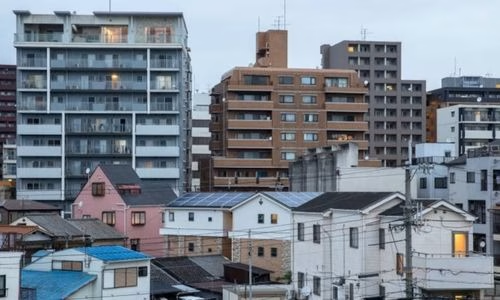

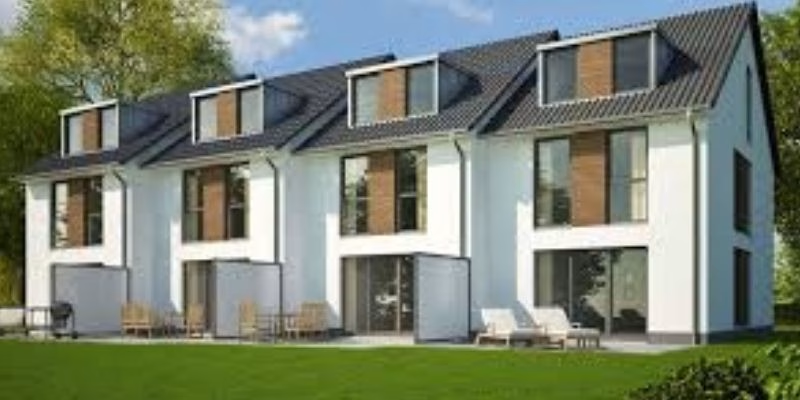

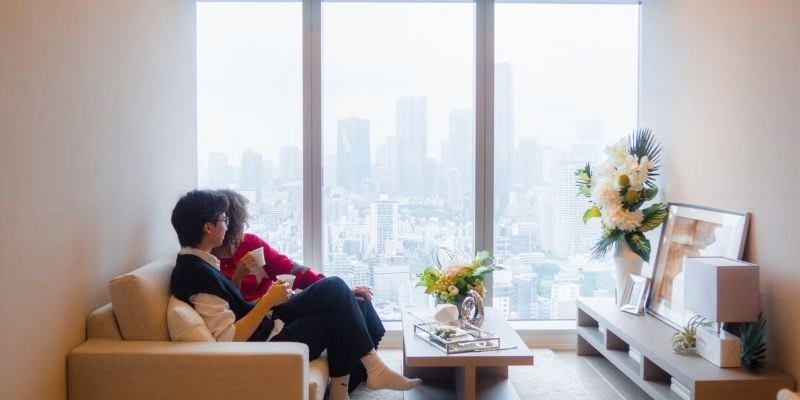
Leave a Reply